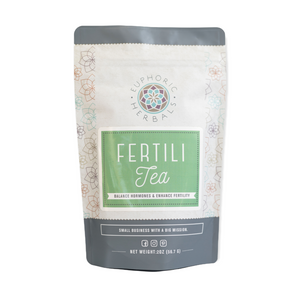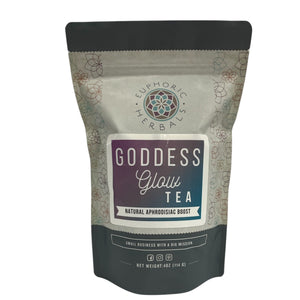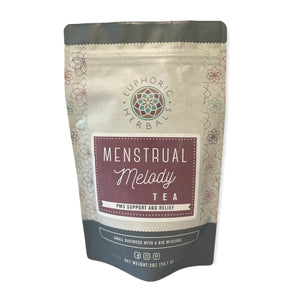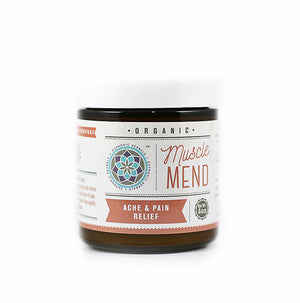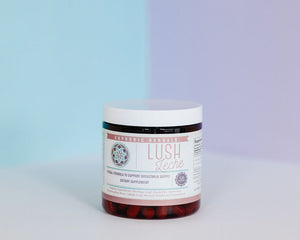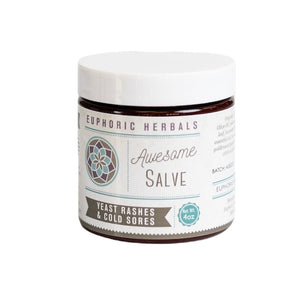Sage is a common culinary herb that might remind you of Thanksgiving, turkey, and stuffing. It's not as popular a seasoning as it used to be and, unfortunately, the many medicinal benefits of sage have largely been forgotten.
Sage was once thought to be a cure for most known diseases and was one of the most important medicinal herbs for many different cultures. It was used by the ancient Egyptians and Greeks, considered an integral part of herbalism in medieval Europe, and valued by Chinese and Ayurvedic practitioners.
Here's more about the impressive benefits of sage and why you always want to have this herb on hand- for more than just once-a-year use.
All About Sage
Sage, also known as salvia, is a familiar plant to many. It's a perennial, woody plant that belongs to the mint family. There are an estimated 800+ different varieties of salvias, but the one most often used medicinally is common sage (Salvia officinalis).
Common sage is the same variety you would use for cooking. It has green-gray leaves and produces small flowers that can be white, pink, or purple.
Sage is native to the Mediterranean and closely related to many other Mediterranean herbs, especially rosemary. Though different in appearance, rosemary and sage are sometimes referred to as "sister herbs." One of the main active compounds in sage, rosmarinic acid, is also found in rosemary and is responsible for many of its health benefits. (1)
The name "salvia" comes from the Latin for "to save" or "to be saved." This alludes to the old belief that sage had the power to cure many diseases and also to its frequent use for purification and protection.
Sage leaf is the primary part of the plant used medicinally, and it's packed with nutrients like vitamin K, antioxidants, and essential oils. (2)
What are the Health Benefits of Sage?
Can Sage help with menopause?
Sage is one of the oldest herbs to be used for relieving menopausal symptoms and remains one of the most helpful.
The benefits of sage are strongest for relieving night sweats and hot flashes, but it also has a mild hormonal effect that can help with symptoms of menopause overall. Many studies have now confirmed this age-old use.
One study done in Switzerland found that a daily intake of a fresh sage preparation successfully reduced both the intensity and frequency of hot flashes. Another one conducted in 2016 found that sage tablets were also effective at reducing night sweats and hot flashes. (3)(4)
The estrogenic effect of sage has also been used by herbalists to promote regular menstruation and relieve some symptoms of PMS.
For holistic relief from menopausal symptoms, try this Menopause Melody herbal tea that has sage as the first ingredient.
How does sage Support Memory and Brain Health?
Rosemary is legendary for its brain-boosting abilities, and sage has similar properties. It's filled with antioxidants and active compounds like rosmarinic acid that can boost brain function, memory, and focus.
Sage has come into the research spotlight for its potential to help with Alzheimer's disease and dementia. One study showed that an extract of sage may help to manage symptoms of mild to moderate Alzheimer's as well as reducing agitation. (5)
Common sage and another variety called Spanish sage have shown in a few trials the potential to help dementia patients. (6)(7)
You can also use sage as a healthy adult to boost your brain power as needed. Try making a tea out of the leaves, or combine it with mint, rosemary, and/or lemon balm for added power and taste.
Can Sage be used for Sore Throats?
Sage has anti-inflammatory and antiseptic properties that give it a wide range of benefits. Throughout the years, sage and sage tea have especially been used as a remedy for sore throats and other throat inflammations. (7)
You can use the leaves to make a tea, throat spray, or gargle.
The antimicrobial properties of sage are also extremely effective against the types of bacteria that cause cavities and other oral health issues. Adding it to mouthwash or toothpaste can increase their power naturally. (8)
Mouthwash made with sage has also been a common remedy used by herbalists to heal sore or infected gums and mouth ulcers.
How do you use Sage for Natural Skincare?
The antimicrobial and anti-inflammatory nature of sage makes it useful for certain skin issues like eczema and acne. It's not as widely used in skincare as some other herbs (like St. John's wort), but it can be very effective when used as a salve or wash.
Sage also helps to reduce sweating (which is why it's effective for night sweats), making it a great natural ingredient for chemical-free deodorants.
You can enjoy the fresh scent of sage and its benefits for skin in a sage soap bar or homemade products.
Can Sage support Digestion?
Sage was once used to help preserve meat because it helped prevent bacterial growth. An added bonus to this was that sage also helped with the digestion of meat, especially meat that was rich and fatty. (Rosemary Gladstar. Medicinal Herbs: A Beginner's Guide, pg. 87)
It has bitter compounds that stimulate bile production in the liver, aiding both digestion and liver health.
The anti-inflammatory and antispasmodic properties of sage can help to calm indigestion, and it may also be effective as an anti-diarrheal. (7)
What are Other Benefits of Sage?
The benefits of sage continue on, showing why it used to be viewed as a tonic for overall health.
Sage has been shown to help lower bad and total cholesterol levels while also raising good cholesterol levels. It may also help to lower blood sugar levels and improve insulin sensitivity. This gives sage special potential for helping diabetics. (9)(10)
Sage also has a strengthening effect on the immune system and can help to ward off colds, flus, and bacterial infections. It can help with symptoms of illness as well, especially sore throat and respiratory symptoms.
Using Sage at Home
Sage is available in many different forms. You can easily grow it in your garden for fresh use. You can also buy the dried leaf to make teas or tinctures. Or you can buy ready-made preparations like extracts, capsules, and tinctures.
To get the medicinal effect of sage, you'll need to use it for more than cooking. Making a cup of sage tea with 1-3 tsp. of sage leaves and 8-10 ounces of water is a great way to get its benefits. You can add honey and lemon for flavor or mix in other herbs like peppermint or spearmint.
Precautions and Side Effects
Sage is a very safe herb with few to no side effects.
It does contain a compound called thujone, which can be toxic in large amounts. It's unlikely that you would take enough sage at one time to cause toxicity, but keep in mind that extracts and the essential oil are likely to contain higher amounts of thujone.
Because of the presence of thujone (though it is a very low amount), sage in contraindicated for pregnant woman when taken in larger doses than you would use for cooking.
Sage is also known to decrease the quantity of milk supply for nursing moms. It was once used to help with weaning toddlers by gradually drying up breastmilk supply. Don't take large quantities of sage while nursing unless you want your supply to decrease.
Enjoy the Benefits of Sage
More than just a kitchen herb, sage is a much valued medicinal plant with powerful health benefits. You can use it for menopause symptoms, digestion, sore throat, and more.
If your brain is feeling foggy, a cup of sage tea might do the trick. It can also help digestion and strengthen immunity.
With all these incredible benefits, sage will hopefully make its way back to popularity as an herb for vitality and overall health.






















































